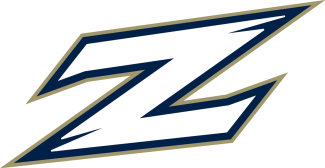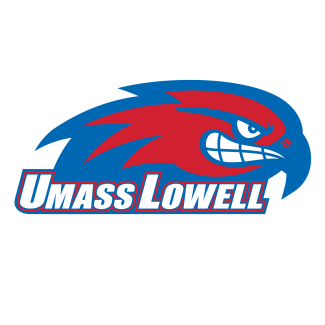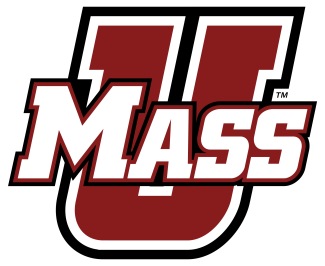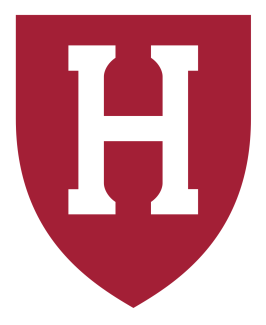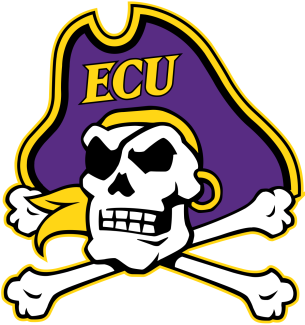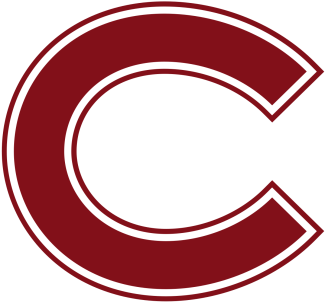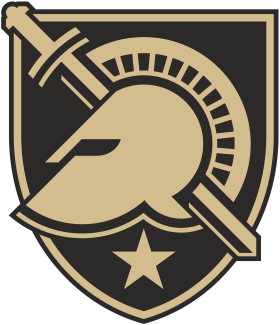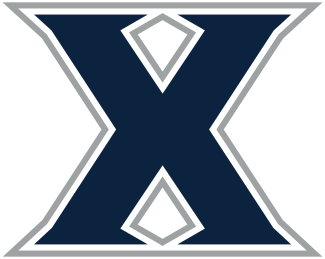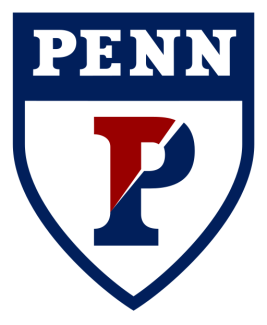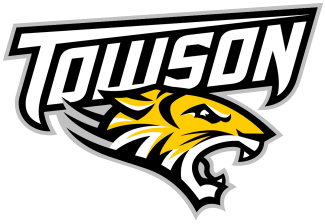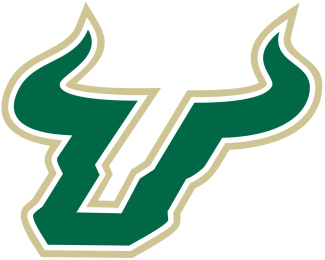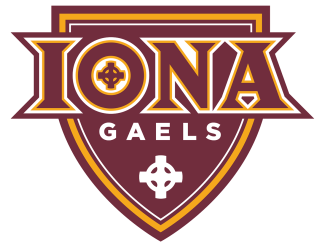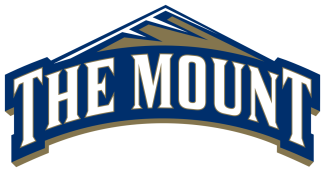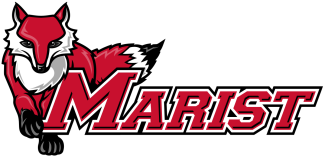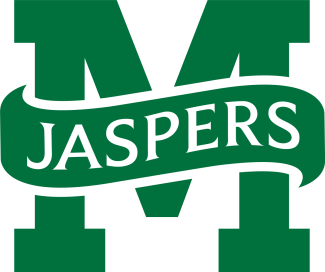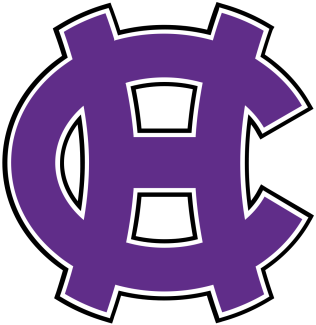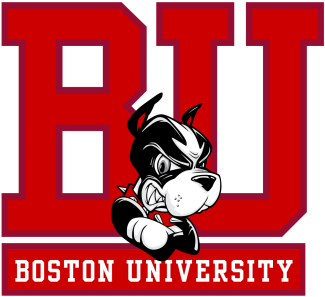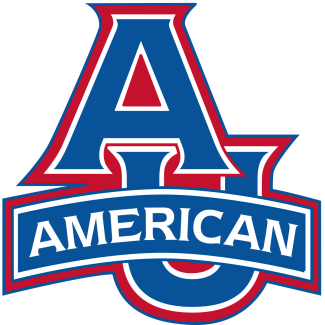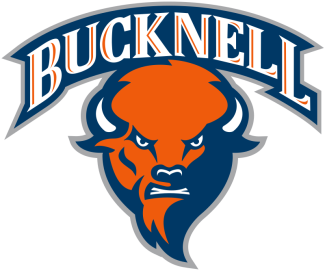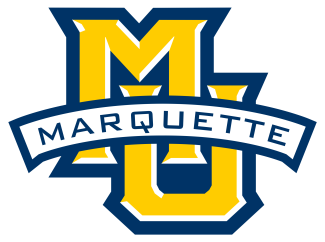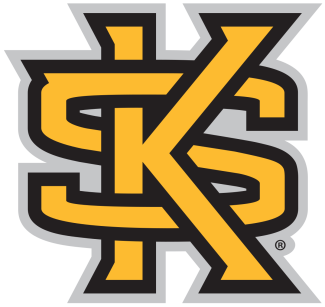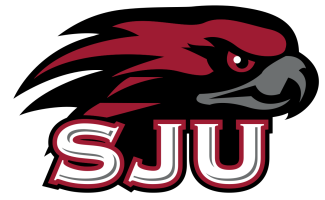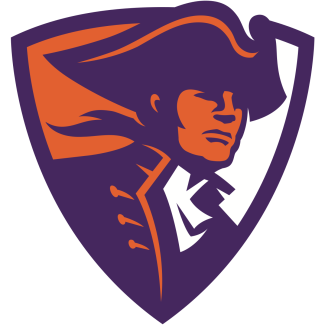Gather a pool of athletes
Coaches identify recruits who meet basic criteria, like height, weight, position, graduation year, academics and location. They obtain this information through media, third-party recruiting services, club/high school coach recommendations, messages from recruits and camps/showcases.
Send letters to gauge interest
The next step for most coaches is to contact their prospect pool with requests to complete a questionnaire, invitations to a camp and/or general interest letters from the school. You should reply with a personalized thank you.
Conduct an in-depth evaluation
At this stage, coaches really want to get to know recruits to create a ranked list of prospects. They’ll contact athletes directly, call their club/high school coaches, travel to events where they compete and/or invite them to college camps. Take the initiative by sending them updated stats, grades and highlights while arranging for a time to make an unofficial visit.
Extend scholarship offers
It’s time to start locking down commitments. Coaches will start at the top of the list and work their way down until they’ve filled all open roster spots. They may still conduct on-campus visits, so be prepared to answer tough questions even if you get an offer. Remember that verbal offers are non-binding, and that either you or the coach can back out of the agreement until you sign a National Letter of Intent as a senior.
Sign athletes and ensure eligibility
Here’s how the committing and signing timeline works in most cases:
-
Athlete verbally commits to school.
-
Coach extends official offer.
-
Athlete signs official offer.
-
Athlete continues to meet eligibility requirements (core courses and required GPA)
If you’re concerned about meeting academic requirements, see a guidance counselor and strategize a way to get there.
NCSA (Next College Student Athlete) is the official responsible recruiting services provider for US Lacrosse. Learn more at ncsasports.org.
